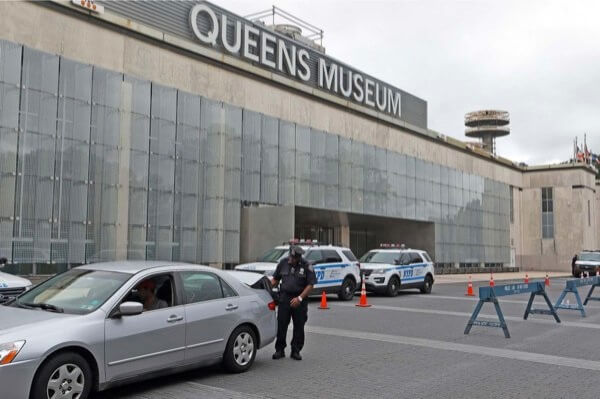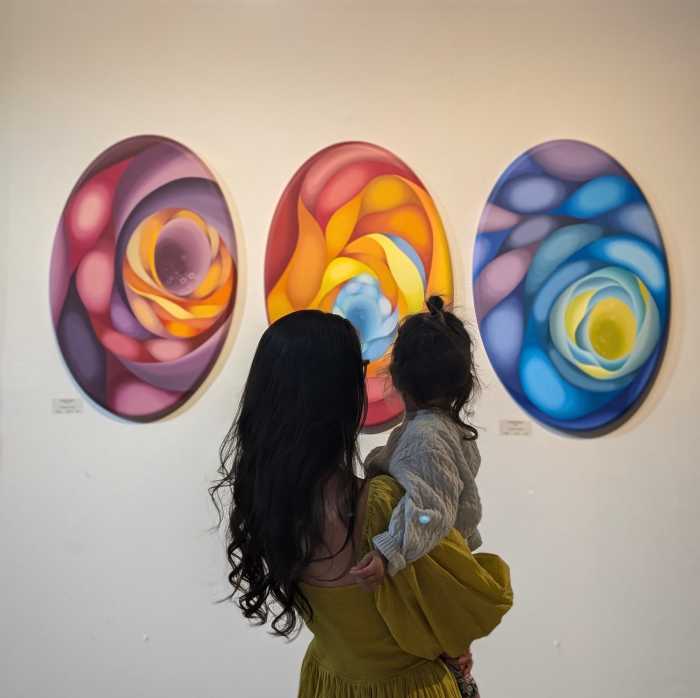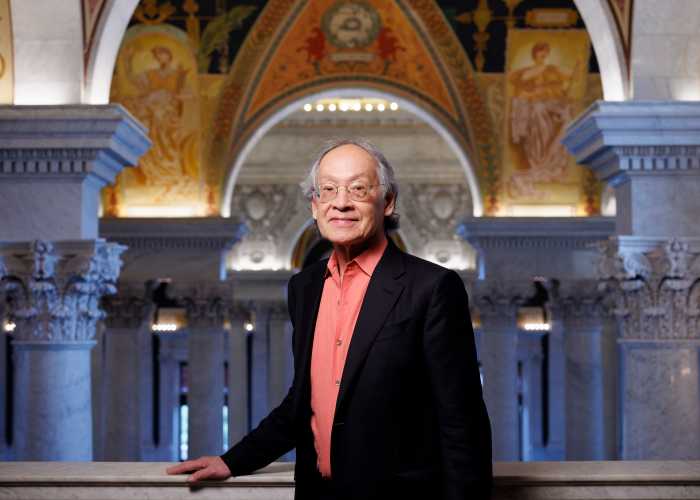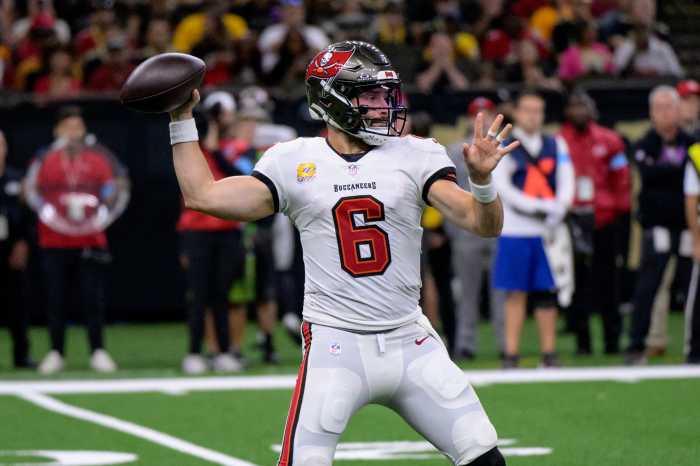By Bill Parry
The Queens Museum abruptly closed on Saturday, Sept. 3, and will not reopen until the Sept. 11 conclusion of the US Open at the U.S. Tennis Center in Flushing Meadow Corona Park. The parking lots on either side of the museum are being used as a staging area for the NYPD and the plaza in front on Meridian Road is being used as a checkpoint where police officers inspect cars bringing fans to matches.
“As many of you know, the museum is located only a few hundred feet from the US Open,” a statement read. “Due to the heightened security for the tennis tournament, access to the museum is affected. We apologize for the inconvenience.”
The NYPD would not provide specific security details, but its numbers have been augmented this year with the newly created Critical Response Command joining the Emergency Services Unit as well as the Counter Terrorism Unit.
“The museum cited several reasons for this decision,” a citywide event coordination and management spokeswoman for the de Blasio administration said. “The city will continue working closely with our neighbors, like the Queens Museum, to ensure security and accessibility during large-scale events.”
As part of a $600 million overhaul, scheduled for completion in 2018, the U.S. Tennis Association built a new Grandstand Stadium adjacent to the museum’s north parking lot. USTA Director of Corporate Communications Brendan McIntyre, said he was surprised by the museum’s decision.
“We’ve worked with the NYPD to ensure the safety of our fans and visitors and in no way shape or form did we intend for the museum to close,” he said. “Neither the USTA or the NYPD asked them to close.”
City Councilwoman Julissa Ferreras-Copeland (D-East Elmhurst), who brokered the 2013 community benefits deal that allowed the USTA expansion, will organize a meeting with all parties once the US Open is over.
“While we are excited to have the US Open in Flushing Meadows Corona Park, the USTA and NYPD must work with all of the park’s institutions — including the Queens Museum and the Queens Theater — to ensure they are not negatively impacted by the tournament,” Ferreras-Copeland said. “We must come together to create a mutually beneficial arrangement that allows New Yorkers to enjoy the Open and also experience the best of what our park has to offer.”
City Councilman Rory Lancman (D-Hillcrest), who represents the southern half of the park, is so displeased with the way it is being run he filed a lawsuit against the city and the Alliance for Flushing Meadows Corona Park in July. The lawsuit raise fundamental questions about parks equity, including who gets to negotiate the commercialization of the city’s public parks and who gets to decide how those proceeds are used.
“Kids could be soaking in the last few days of summer learning and playing at the Queens Museum, but instead, they’re shut out because of the museum’s decision to close during the US Open,” Lancman said. “This unfair treatment for the families and community members who live in our neighborhoods puts a damper on the end of the summer.”
Borough President Melinda Katz lamented the loss of international exposure to the museum as the US Open draws more than 700,000 visitors each year.
“The US Open is the largest annually attended sporting event in the world. For the Queens cultural institutions immediately adjacent to the site, the U.S. Open is the single biggest missed opportunity to reach a tremendous amount of people,” Katz said. “While heightened security measures are the new normal for events of this scale, the lessons learned from this year should help better inform advanced coordination for next year, including minimizing disruptions where possible and sharing real opportunities for the Queens cultural institutions to reach this inherent international audience.”
Reach reporter Bill Parry by e-mail at bparr



































